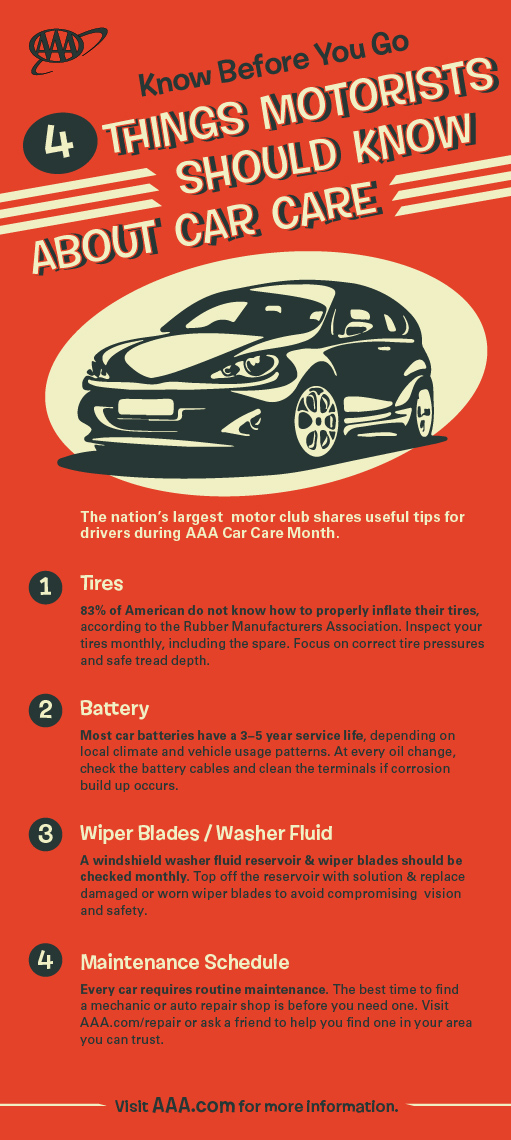Grasping The Relevance Of Your Auto'S Warning Signals: What They In Fact Stand For
Grasping The Relevance Of Your Auto'S Warning Signals: What They In Fact Stand For
Blog Article
Content By-Boye Corbett
When you lag the wheel, those beautiful caution lights on your dashboard can be a little bit puzzling. Do you understand what they're trying to tell you about your cars and truck's health and wellness? Comprehending the relevance of these lights is crucial for your safety and security and the durability of your automobile. So, the following time among those lights pops up, would not you wish to understand its message accurately and take the required actions to resolve it?
Common Caution Lights and Interpretations
Identify typical warning lights in your automobile and recognize their significances to ensure risk-free driving.
The most common warning lights include the check engine light, which signals concerns with the engine or discharges system. If this light comes on, it's vital to have your car examined promptly.
The oil pressure warning light suggests reduced oil stress, needing immediate focus to stop engine damage.
A flashing battery light might suggest a malfunctioning billing system, possibly leaving you stranded if not attended to.
The tire pressure monitoring system (TPMS) light notifies you to low tire pressure, affecting vehicle stability and gas efficiency. Ignoring this could lead to dangerous driving conditions.
The abdominal light indicates a problem with the anti-lock stopping system, endangering your ability to quit promptly in emergencies.
Finally, the coolant temperature alerting light warns of engine getting too hot, which can lead to extreme damages if not fixed quickly.
Comprehending these usual caution lights will help you address issues promptly and keep risk-free driving conditions.
Importance of Prompt Interest
Recognizing the usual warning lights in your vehicle is just the very first step; the significance of promptly resolving these warnings can't be emphasized enough to guarantee your safety when driving.
When a warning light illuminates on your control panel, it's your automobile's method of communicating a prospective issue that needs interest. Ignoring these warnings can cause much more severe issues in the future, compromising your safety and possibly costing you more in repairs.
Prompt interest to alerting lights can prevent break downs and crashes. As an example, a flashing check engine light can suggest a misfire that, if left ignored, can cause damage to the catalytic converter. Addressing this quickly can save you from an expensive fixing.
In a similar way, a brake system advising light could signal reduced brake liquid or worn brake pads, important elements for your safety and security when driving.
Do It Yourself Troubleshooting Tips
If you discover a caution light on your dashboard, there are a couple of do it yourself fixing pointers you can try prior to looking for specialist help.
click for more is to consult your car's guidebook to comprehend what the details caution light indicates. Often https://www.autoserviceworld.com/right-to-repair-decision-delayed-again/ can be as simple as a loosened gas cap activating the check engine light. Tightening the gas cap may fix the issue.
An additional common problem is a reduced battery, which can activate different warning lights. Inspecting https://vehiclesuspensiontesting95062.is-blog.com/37595962/steps-to-uncover-a-trustworthy-auto-service-center-in-your-area for rust and guaranteeing they're safe may deal with the problem.
If a warning light continues, you can attempt resetting it by disconnecting the automobile's battery for a few minutes and afterwards reconnecting it. In https://ecu-remapping-near-me84051.ziblogs.com/31303289/top-10-tips-for-choosing-the-most-effective-automobile-repair-shop-near-you , checking your vehicle's fluid levels, such as oil, coolant, and brake fluid, can help repair alerting lights associated with these systems.
Conclusion
To conclude, comprehending your vehicle's warning lights is important for maintaining your vehicle running efficiently and securely. By immediately attending to these notifies and knowing what they imply, you can avoid expensive repair work and potential break downs.
Bear in mind to consult your vehicle's manual for certain details on each alerting light and do something about it accordingly to ensure a trouble-free driving experience.
Remain informed, remain risk-free when traveling!
